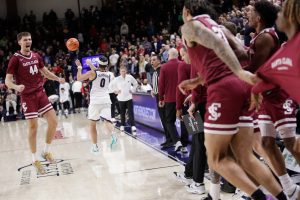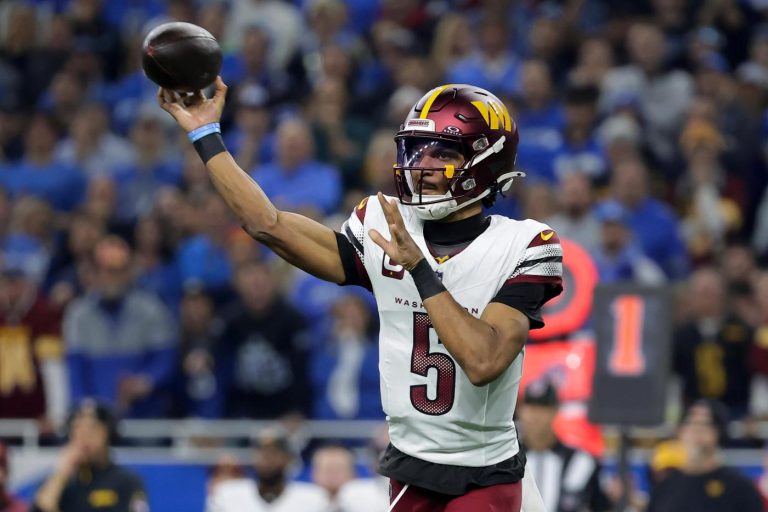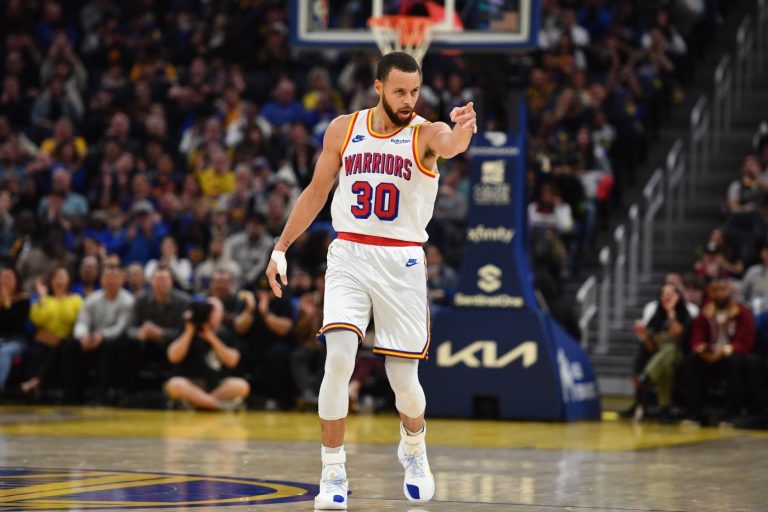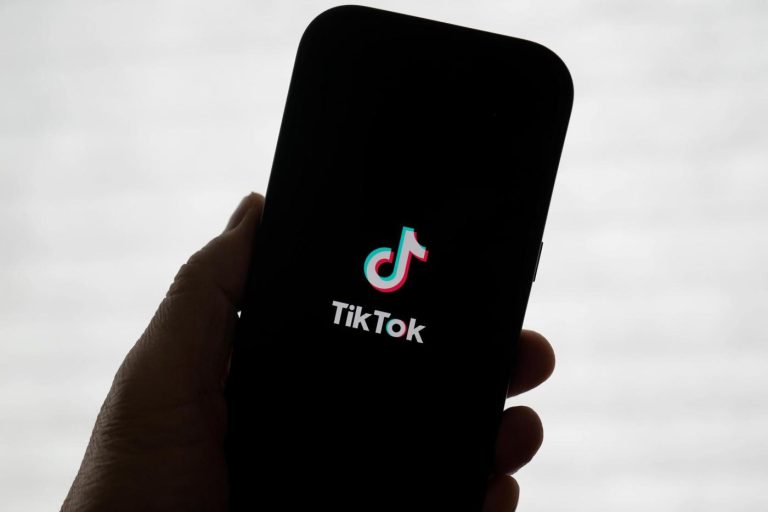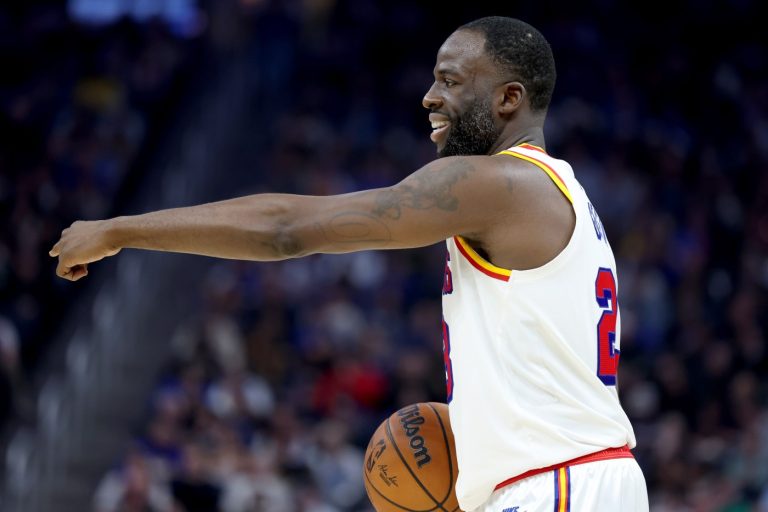The Hotline mailbag publishes weekly. Send questions to wilnerhotline@bayareanewsgroup.com and include ‘mailbag’ in the subject line. Or hit me on Twitter/X: @WilnerHotline
Please note: Some questions have been edited for clarity and brevity.
With the Pac-12 too big for their britches and losing 10 members last year, how did the remaining two again overplay their hand a year later with such poor strategy? — @vakaviti
Would you agree that everything went downhill for the Pac-12 when it was turned down by the AAC schools? — @luigi8604
Those are perfectly reasonable reactions given the whiffs on the three American conference schools and then, a few days later, failing to land UNLV.
Our view: The Pac-12’s underlying strategy is fairly sound, but it has (badly) lost the narrative this week. The conference appears to be flailing as it seeks an eighth full-time member.
Longtime Pac-12 watchers won’t be surprised. The messaging has been horrendous for years, ever since former commissioner Larry Scott began receiving heavy criticism — on the Hotline and elsewhere — in the mid-2010s for his misguided media strategy, lavish spending and top-down management style.
Scott’s response was to create a messaging culture that prioritized Scott, instead of what was best for the conference — one of many instances of the entire dynamic being flipped on its head.
The flawed communications strategy continued through the most turbulent time, when Scott’s successor, George Kliavkoff, attempted to secure a media rights deal. The drawn-out process received heavy fire, and Kliavkoff declined to respond appropriately with forceful messaging.
Not surprisingly, the criticism undermined faith in Kliavkoff’s leadership and ultimately contributed to the breakup of the conference in the summer of 2023.
The situation improved as the two remaining members, Washington State and Oregon State, made all the right strategic moves and blasted their message to the college sports world: They would be patient, tactical and efficient.
That narrative lasted through the initial expansion wave two weeks ago, when the Pac-12 landed Boise State, Colorado State, Fresno State and San Diego State under the cover of darkness and created a six-school foundation for the future.
But this week? Yikes.
Our sense has always been that the conference was pursuing multiple strategies for the second phase of its rebuilding project. But you’d never know it. The optics pointed exclusively to the AAC schools as the only targets — and risky ones, at that.
Without guaranteed media revenue to dangle in front of Memphis, South Florida and Tulane, the conference relied on revenue projections. That was a tough sell for schools on the other side of the country that would be making more of a lateral move than an ascent of the college football hierarchy.
Once the AAC trio collectively declined the invitation, the Pac-12 landed Utah State as the seventh member but could not get UNLV … little old UNLV.
It’s a terrible look.
The reality, in our view, is quite different — and it’s rooted in two interconnected components.
— First, the Pac-12 got the schools it needed in order to raise the competitive bar and assure itself of a viable media rights valuation. Boise State and San Diego State, in particular, were essential to the expansion strategy, with Colorado State and Fresno State in slightly supporting roles.
Adding the American Conference trio would have expanded the footprint into the Eastern and Central Times Zones, thus providing more flexibility with kickoff times (which makes media partners happy), and weakened a competitor for the Group of Five playoff spot. But those schools would not have demonstrably changed the media rights valuation.
And now …. now it doesn’t matter a lick. None of the schools in play for the eighth spot will alter the media valuation. Not UNLV, not one of the Montana or Dakota schools, not Texas State or Sacramento State or Southwest Fiji Island State are going to impact the valuation of Pac-12 football.
Once again: The Pac-12 got the schools it needed.
— Second, because there were no available options to move the valuation needle beyond the bar established by the initial expansion, the conference has been fiscally shrewd with its decisions.
It only offered a few million dollars to help Memphis and the other American schools, which were staring at exit fees of approximately $25 million.
And it declined to match the $25 million (roughly) the Mountain West promised UNLV in exchange for a binding commitment, an absurd amount for the Rebels except that their presence (along with Air Force) allows the conference to survive.
Matching that fee for a school that works geographically but does nothing substantive for your valuation would have been an insult to Boise State and San Diego State.
Should the Pac-12 have grabbed UNLV during the initial expansion phase? That, too, is a reasonable conclusion.
Our understanding is Nevada’s process for changes in athletic conference affiliation — it requires approval by the university regents and thus cannot remain private — might have jeopardized the situation for Boise State, Colorado State, Fresno State and San Diego State. (There were other reasons for the Rebels not being on the Pac-12’s initial expansion list, as well.)
So that’s our read on the situation: The current optics of Pac-12 expansion are far worse than the reality, if you define reality by media valuation. And that’s the only reality that truly matters in realignment.
It’s just that you would never know it because the Pac-12 lost the message early this week in much the same manner that it lost the messaging under Scott and Kliavkoff.
The circumstances change, but the same mistake has been made over and over and over.
Is UNLV really that myopic to take fast cash instead of a better future in the Pac 12? — @robertblowe
Apparently, yes.
We made reference to UNLV’s situation in a previous column, but it’s worth repeating: The Rebels whiffed badly in choosing the Mountain West over the Pac-12.
The rebuilt Pac-12 has a stronger brand, greater prestige, more competitive football, greater media rights value and, most likely, better media exposure. And the Rebels turned it all down to remain in the depleted Mountain West.
Realignment has played out repeatedly over the decades from coast to coast, and schools always choose to move up if given the chance. The Rebels passed.
The university and its constituents will have to live with the mistake made by its leadership long after that leadership has moved on.
Which Texas university should the Pac-12 target given everything we know about the schools they missed (or may miss) out on? Is there an FCS school available worth elevating? — @David_Kline
Texas State, a member of the Sun Belt and located halfway between Austin and San Antonio, makes more sense than any other option in the Lone Star State.
In fact, we cannot easily identify any other options in the Lone Star State.
And if not the Bobcats, the Pac-12 could attempt to grab a school or two from the FCS level, including the Montanas, the Dakotas or perhaps Sacramento State. The cost of moving to FBS is high, so motivation might be tepid.
Another option: Connecticut, which competes as an Independent in football. (Thinking out loud: Maybe you invite the Huskies and arrange a series of non-conference games with their basketball teams.)
But again, it doesn’t matter at this point. The four Mountain West schools set the bar; the three American schools might have raised it slightly; nobody else will make a difference.
Does the Pac-12 go back to Memphis, Tulane, maybe UTSA? They need at least one more. — @MSyakattack
Those schools are committed to remaining in the AAC, and we don’t foresee a change in strategy. The Pac-12 won’t cover the full cost of the exit fees (or even half the cost), and it cannot offer a guaranteed paycheck without a media rights deal in place.
Also, the financial package needed to be significantly better than what the three schools receive from the AAC in order to offset the travel costs for their Olympic sports. (Either that, or the schools needed to find new homes for their Olympic sports, which carries an entirely different set of complications.)
Whatever happened to the concept of a reverse merger between the Pac-12 and the Mountain West? — @WHS1969
We haven’t received an honest, on-the-record answer but suspect it was a combination of the following:
— Boise State, Colorado State, Fresno State and San Diego State, which had above-average media value in the Mountain West, lost interest in continuing to subsidize the schools in the bottom half of the Mountain West, which have below-average media value.
And that, folks, is the story of realignment: The stronger brands move up and leave the weaker brands behind. The names change (Texas or USC or Boise State), but the template is fixed for eternity.
— The two sides got crossways over negotiations on the scheduling partnership, with the Mountain West overplaying its hand and leaving Washington State and Oregon State uninterested in joining forces.
Perhaps there were other factors involved. But once the reverse merger was removed from consideration, there was only one outcome possible: The Pac-12 was going to pick off the top of the Mountain West.
Is the Mountain West really targeting MAC schools for football-only membership? Does that mean they are confident about the next media deal? — @FryEthO
A slew of national media reports Thursday suggested the Mountain West has alerted the MAC of its interest in Northern Illinois and Toledo as football-only members.
We wish the conference good luck in that endeavor.
For those unfamiliar with the Mid-American Conference, it is effectively a piece of granite in the middle of the Football Bowl Subdivision. One school, Marshall, has left the conference in the last 50 years.
Why would Northern Illinois or Toledo leave for the Mountain West?
At best, it’s a lateral move competitively.
Also, the financial benefits would be extremely limited, if they exist at all.
And does anyone think the Mountain West will land a media rights deal that offers more exposure than what the MAC schools currently receive from ESPN (and will continue to receive if the deal is extended beyond its current term)? We certainly don’t.
Also, why did the Mountain West inform the MAC of its interest in the schools? That’s not a typical realignment strategy — expansion raids are conducted with Black Ops secrecy — and it makes us wonder about the legitimacy of the move.
Nothing surprises the Hotline in the world of realignment. But Northern Illinois and Toledo jumping to the Mountain West would shock us.
Could Gonzaga, or another school that doesn’t play football, count toward the NCAA membership requirement? Or is it sport-specific? — @BearFlagFan
Conference must have eight full-time members to receive NCAA certification. In simplest terms, that means schools must participate in both football and basketball (and there are other essential sports, as well.)
So Gonzaga would not be considered a full-time member of the reconstituted Pac-12, just like Hawaii, which competes in the Big West for every sport except football, isn’t considered a full-time member of the Mountain West.
But the Zags would have immense value to the Pac-12, even as a partial member.
In fact, they should be the priority. Figure out the financial terms, grab the Zags and then worry about the eighth football school at a later date.
Related Articles
Impact of Pac-12 move on Utah State, big weekend for Boise State and the L.A. schools
Picks of the week: Brigham Young has thumped opponents and demolished the point spread
Expansion analysis: After UNLV stays in MW, Pac-12 should get Gonzaga
The Holy Score: After stellar wins, Utah and Brigham Young are side by side on the top tier of the Big 12
Pac-12 bowl projections: Utah and Oregon to the CFP as USC’s outlook dims and WSU keeps rolling
(If Gonzaga joins, then UConn makes even more sense as a football-only member if the deal includes a certain number of basketball games.)
Does Hawaii count for the Mountain West getting to eight schools? If not, that would mean the MW needs to add two schools. — @CurtisBlack
That is correct. Hawaii does not count as a full-time member — and we don’t expect that to change — so the Mountain West must add two members; the Pac-12 only needs one.
The conferences might compete for the same schools, like Texas State.
But again, the framework is set: The Pac-12’s football product and media value are superior.
Since media-market size seems to be a driving force in realignment, why isn’t San Jose State and the Bay Area market ever mentioned as a natural choice for the Pac-12? — @meandavey1
Many San Jose State fans have wondered about that issue for years. Why doesn’t the school get credit for the Bay Area market?
And the answer is pretty simple: There is so little interest in the Spartans regionally that the football program does not register.
ESPN would never view SJSU as delivering the Bay Area media market, in part because there are so many teams (professional and college).
The connection between campus location and media market isn’t always clean. Washington State has tens of thousands of fans on the western side of Washington, but Seattle isn’t considered a home market for the Cougars.
But decades of media deals for conferences across the Pacific Time Zone have made it fairly clear what the networks think about the Spartans.
The Mountain West payment to retain UNLV and Air Force has me thinking: Could the Pac-12 front some cash to bring Cal and Stanford back? — @hpartlow
The Pac-12 has an impressive war chest, one that exceeds $200 million. But it does not have nearly enough to lure the Bay Area teams back. That would require hundreds of millions of dollars for each school if they even wanted to reverse course. Which they don’t.
We have noticed a fair amount of chatter about Stanford and Cal returning to the Pac-12 since the conference expanded two weeks ago.
Bottom line: Unless the ACC implodes, it’s not happening for a variety of reasons, including a binding, 12-year contractual obligation.
*** Send suggestions, comments and tips (confidentiality guaranteed) to wilnerhotline@bayareanewsgroup.com or call 408-920-5716
*** Follow me on Twitter/X: @WilnerHotline


